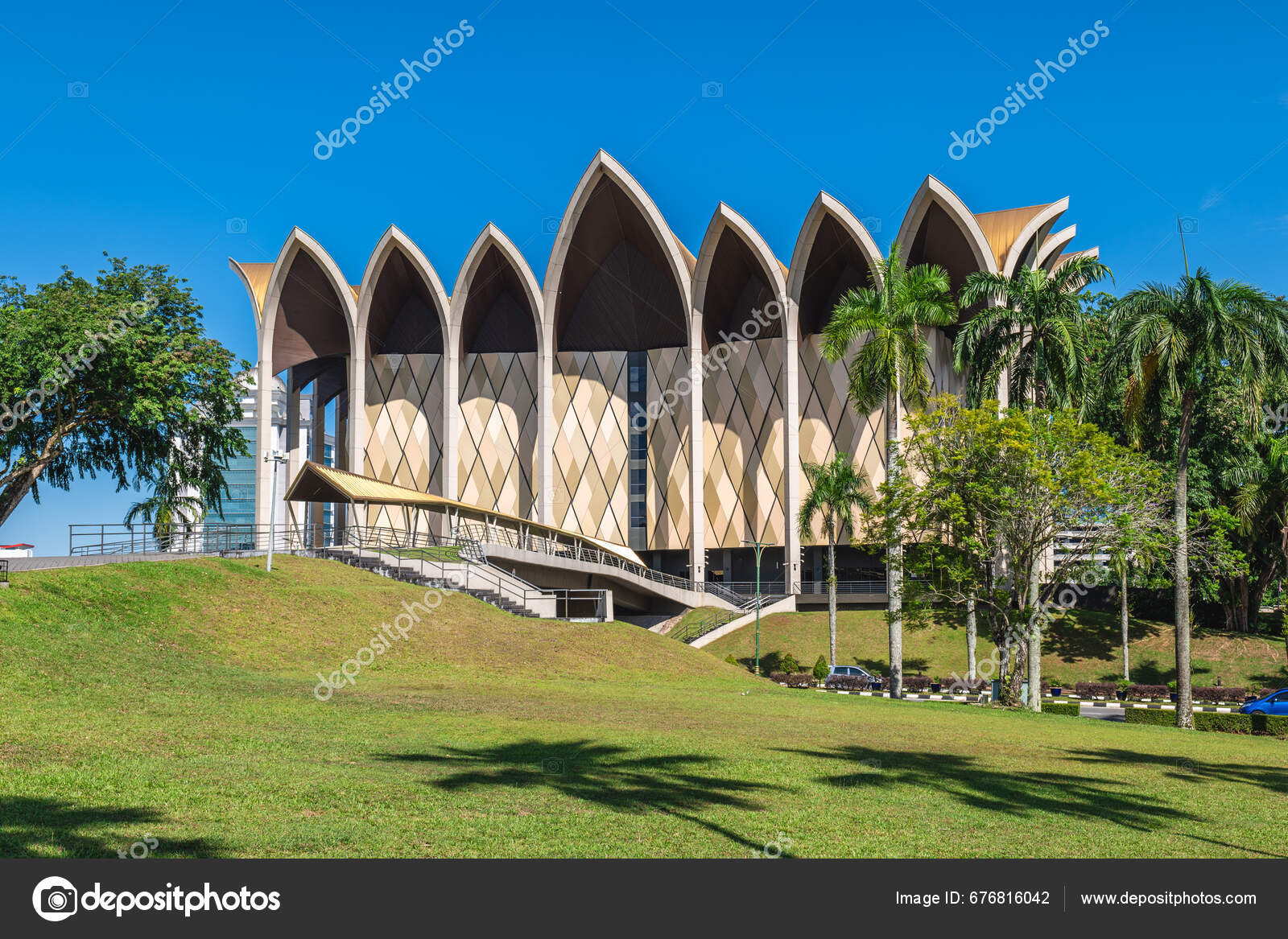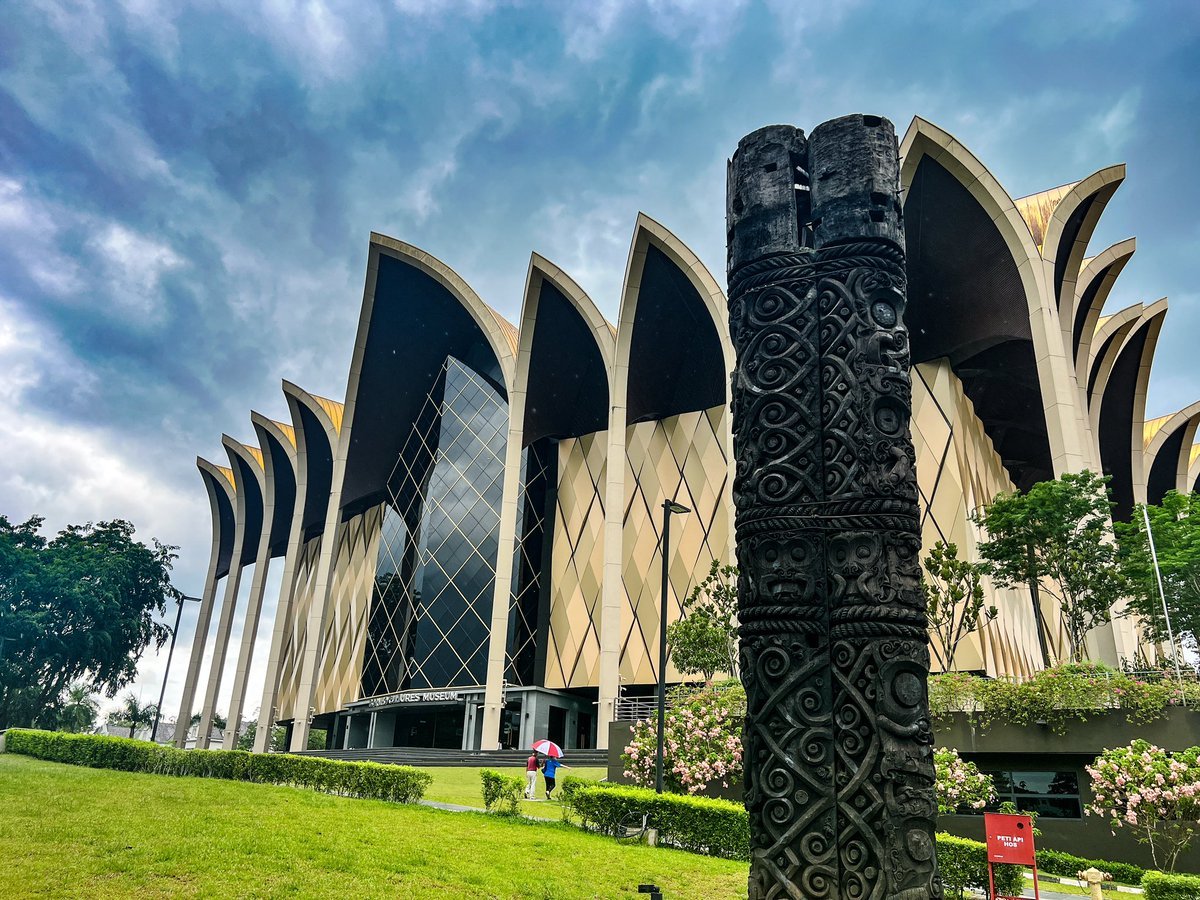Trip With Time at Borneo Cultures Museum
Trip With Time at Borneo Cultures Museum
Blog Article
Delve Into the Remarkable Globe of Borneo's Cultural Heritage: A Comprehensive Overview to the Cultures Gallery Experience
Immersing oneself in the elaborate tapestry of Borneo's cultural heritage belongs to starting a voyage via time and practice. The blend of native people, standard handicrafts, fascinating performances, and historic narratives housed within the boundaries of the island's museums provides a glance into a globe including vibrant customs and extensive legacies. As visitors traverse via these repositories of society, they are beckoned to discover a realm where past and existing intermingle, inviting reflection on the durability and splendor of Borneo's diverse heritage.
Native Tribes of Borneo
Borneo is home to over 50 indigenous people, each with special social practices and traditions that have been maintained for generations. Amongst these tribes are the Iban, recognized for their standard longhouses and detailed tattoos where multiple households live.
These native people play a vital function in preserving Borneo's rich cultural tapestry. Despite external influences and modernization, numerous tribes continue to maintain their customizeds, languages, and beliefs. Site visitors to Borneo have the chance to engage themselves in the distinct lifestyles of these people via cultural trips, homestays, and community-based tourist efforts. By engaging with these indigenous neighborhoods, visitors can acquire a much deeper admiration for the variety and strength of Borneo's aboriginal heritage.
Traditional Inventions and Artifacts

One famous example of standard inventions in Borneo is the production of woven products - Borneo Cultures Museum. Competent weavers make use of natural fibers like bamboo, rattan, and pandan entrusts to create elaborate baskets, floor coverings, and devices embellished with colorful patterns that hold symbolic meanings within the community
The art of woodcarving is an additional considerable element of Borneo's standard inventions. Craftsmens carve elaborate styles right into different kinds of wood to produce masks, sculptures, and musical instruments that not only offer practical objectives yet additionally hold social significance, usually depicting mythology or spiritual ideas.
In Addition, Borneo is renowned for its beadwork, with craftsmens meticulously crafting grains from materials like glass, seeds, and coverings to develop jewelry, clothing embellishments, and ornamental things that showcase the region's vivid visual practices. These traditional handicrafts and artifacts not just work as concrete expressions of Borneo's social heritage however also provide understandings right into the communities' ideas, worths, and lifestyle.

Social Performances and Festivals
With an ingrained link to their social customs, the neighborhoods in Borneo come active via lively cultural performances and festivals that commemorate their heritage. These occasions showcase the abundant variety of Borneo's ethnic groups, each offering one-of-a-kind dancings, music, and routines that have actually been given with generations. Among one of the most popular events is the Gawai Dayak, celebrated by the Dayak individuals to mark the rice gathering season. During this festival, standard songs loads the air, detailed dances are performed, and fancy typical outfits are worn. Another considerable event is the Pesta Kaamatan, commemorated by the Kadazandusun neighborhood to offer many thanks for the rice harvest. This celebration includes cultural efficiencies, consisting of the Sumazau dance, and standard sports like the bamboo dance. Site visitors to Borneo can submerse themselves in these celebrations, obtaining a much deeper understanding of the region's social heritage and Borneo Cultures Museum experiencing the warm hospitality of its people. Social efficiencies and festivals function as a lively reminder of Borneo's abundant social tapestry and the relevance of preserving these traditions for future generations.
Historic Narratives and Artifacts
Exploring the historic stories and artefacts of Borneo supplies a remarkable look into the region's rich past and cultural evolution. Borneo's historic tapestry is woven with varied influences, reflecting the communications between aboriginal tribes, Chinese traders, European colonizers, and Malay sultanates. The artefacts discovered in Borneo display this detailed history, ranging from typical crafts like complex beadwork and woodcarvings to archaeological treasures such as ancient ceramic and tools.
Among one of the most compelling elements of Borneo's historical stories is the conservation of oral practices passed down with generations. These tales supply insights right into the beliefs, customs, and every day lives of Borneo's citizens throughout the centuries. The artefacts discovered from archaeological websites provide substantial connections to these stories, allowing visitors to witness the material society of past cultures firsthand.
Contemporary Cultural Preservation Efforts

In addition, curricula and social exchange activities play a vital function in raising recognition regarding the significance of preserving Borneo's unique social heritage. By engaging colleges, galleries, and the broader community in conversations and activities that celebrate Borneo's varied cultures, conservation initiatives can acquire energy and support for lasting sustainability. Collaborations between governmental bodies, non-profit organizations, and regional areas are important in driving these preservation endeavors ahead, ensuring that Borneo's abundant cultural heritage continues to be dynamic and cherished for generations ahead.
Conclusion
To conclude, the social heritage of Borneo is varied and rich, with aboriginal people, conventional handicrafts, cultural efficiencies, celebrations, historic narratives, and modern conservation initiatives all contributing to its uniqueness and importance. Site visitors to Borneo's social museums can get a much deeper understanding and appreciation of the area's cultural heritage, enabling an extra immersive and enlightening experience.
Immersing oneself in the detailed tapestry of Borneo's social heritage is akin to beginning on a trip through time and custom.With an ingrained link to their cultural practices, the neighborhoods in Borneo come alive through lively cultural efficiencies and events that celebrate their heritage. Cultural performances and celebrations serve as a vivid reminder of Borneo's rich cultural tapestry and the value of maintaining these customs for future generations.
Moreover, academic programs and cultural exchange activities play a crucial role in raising awareness concerning the relevance of preserving Borneo's unique cultural heritage. Partnerships in between governmental bodies, non-profit organizations, and local communities are vital in driving these conservation endeavors forward, guaranteeing that Borneo's rich cultural heritage remains dynamic and cherished for generations to come.
Report this page